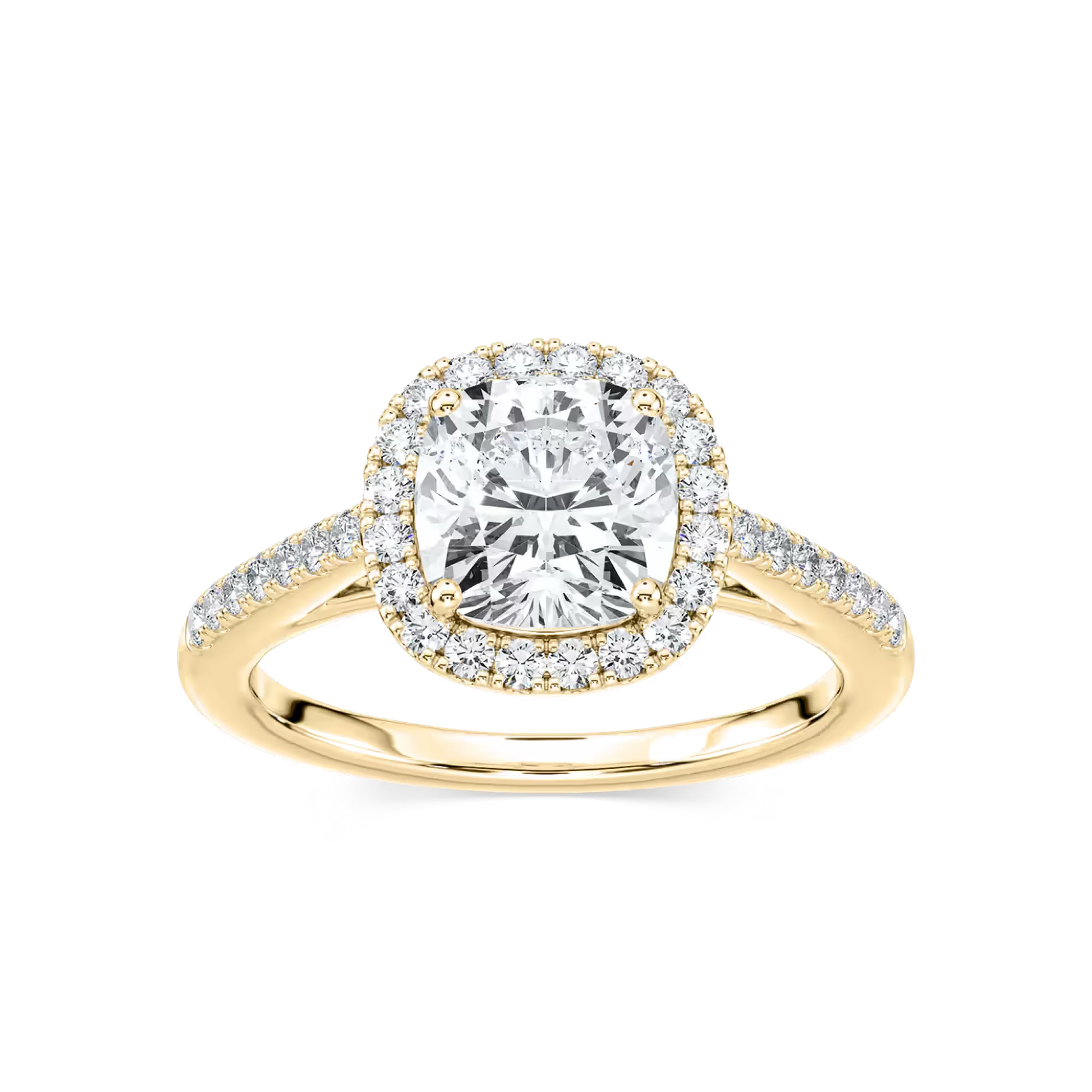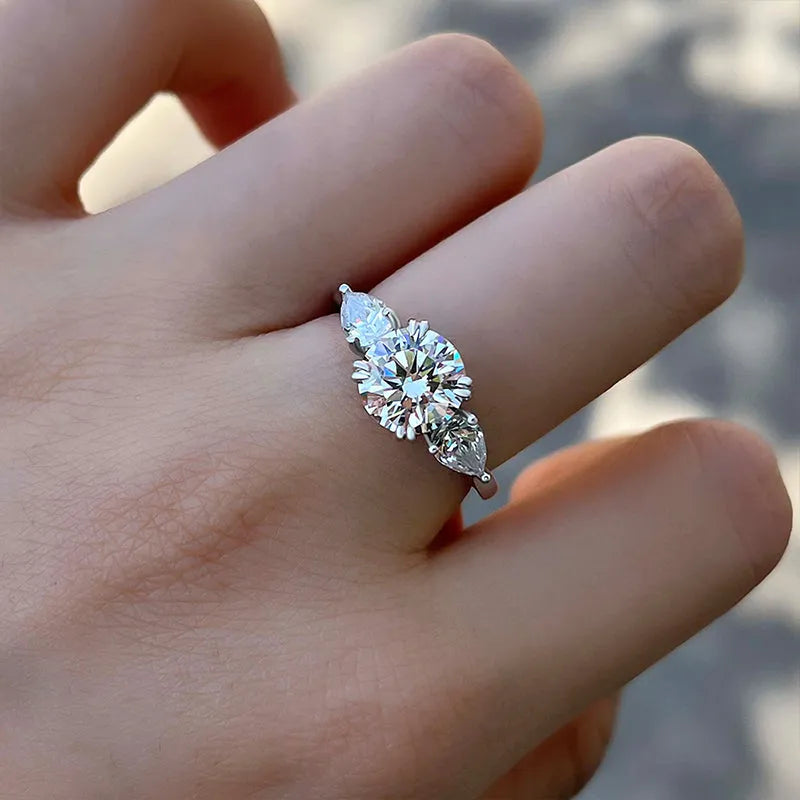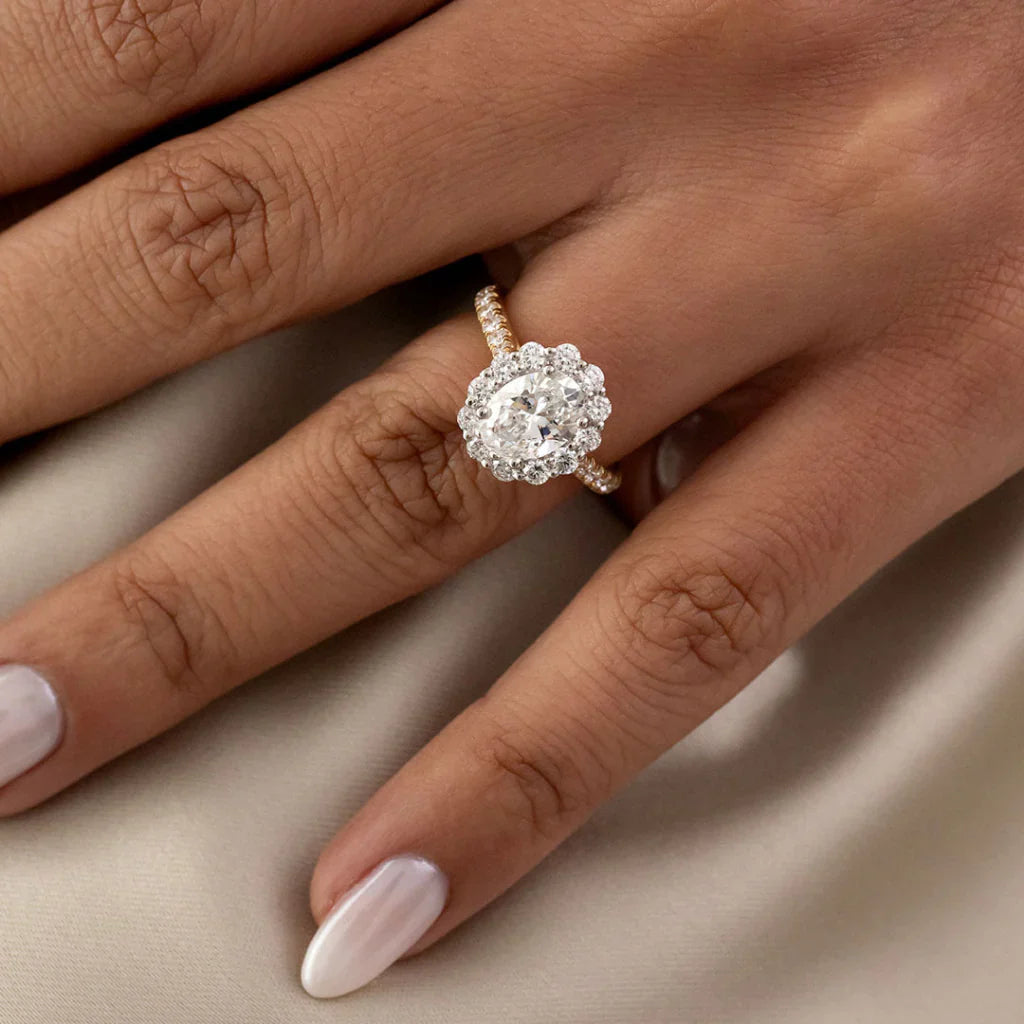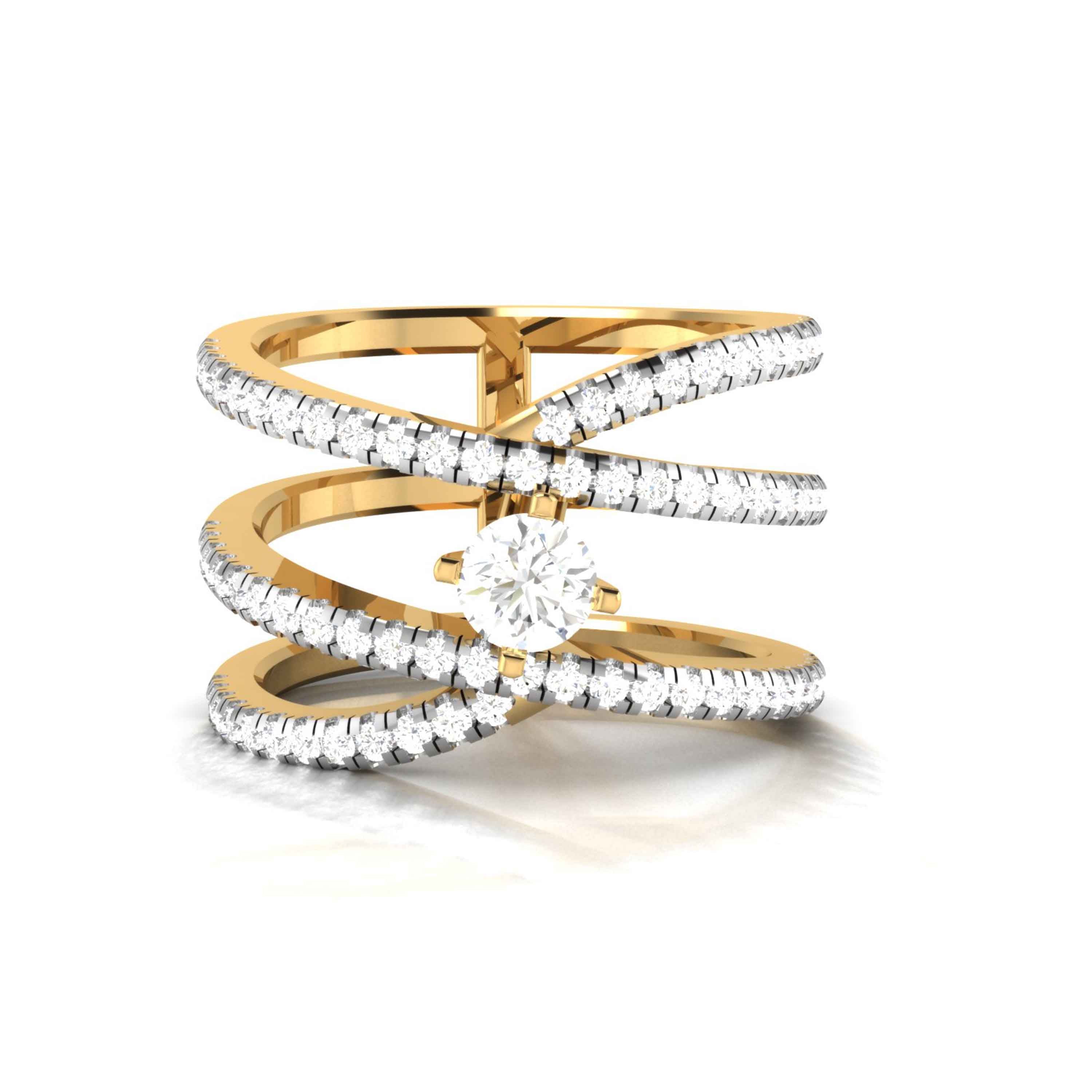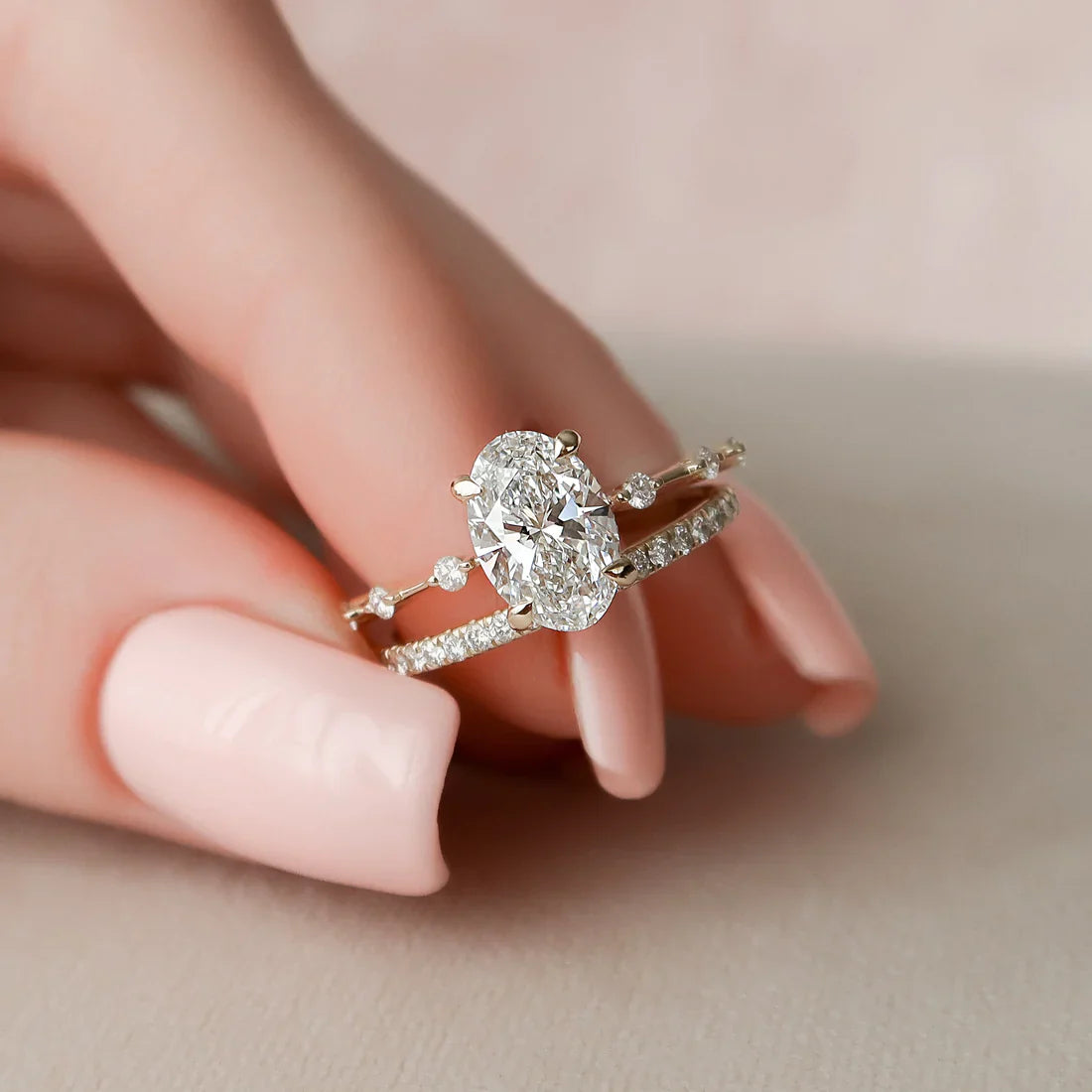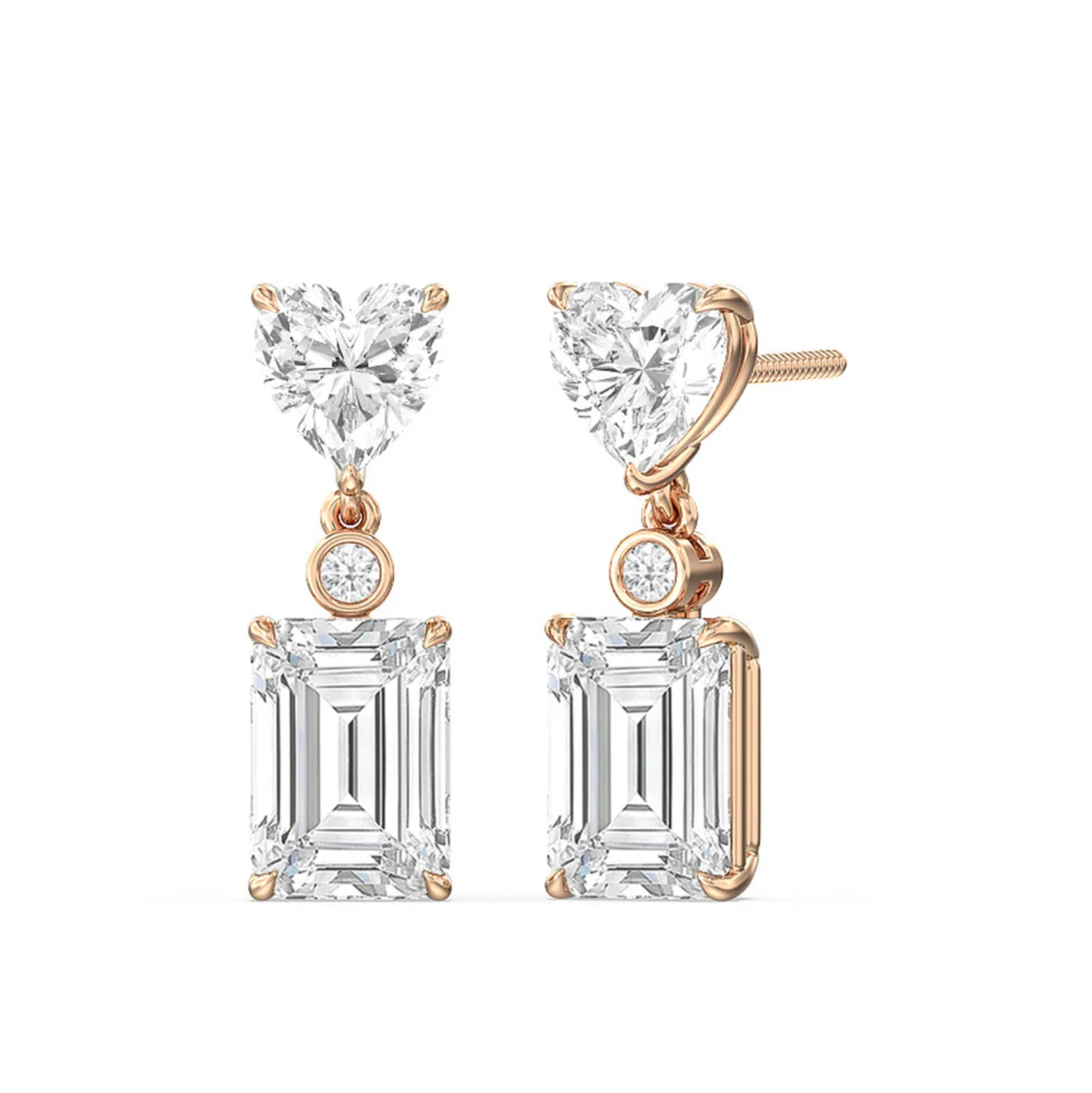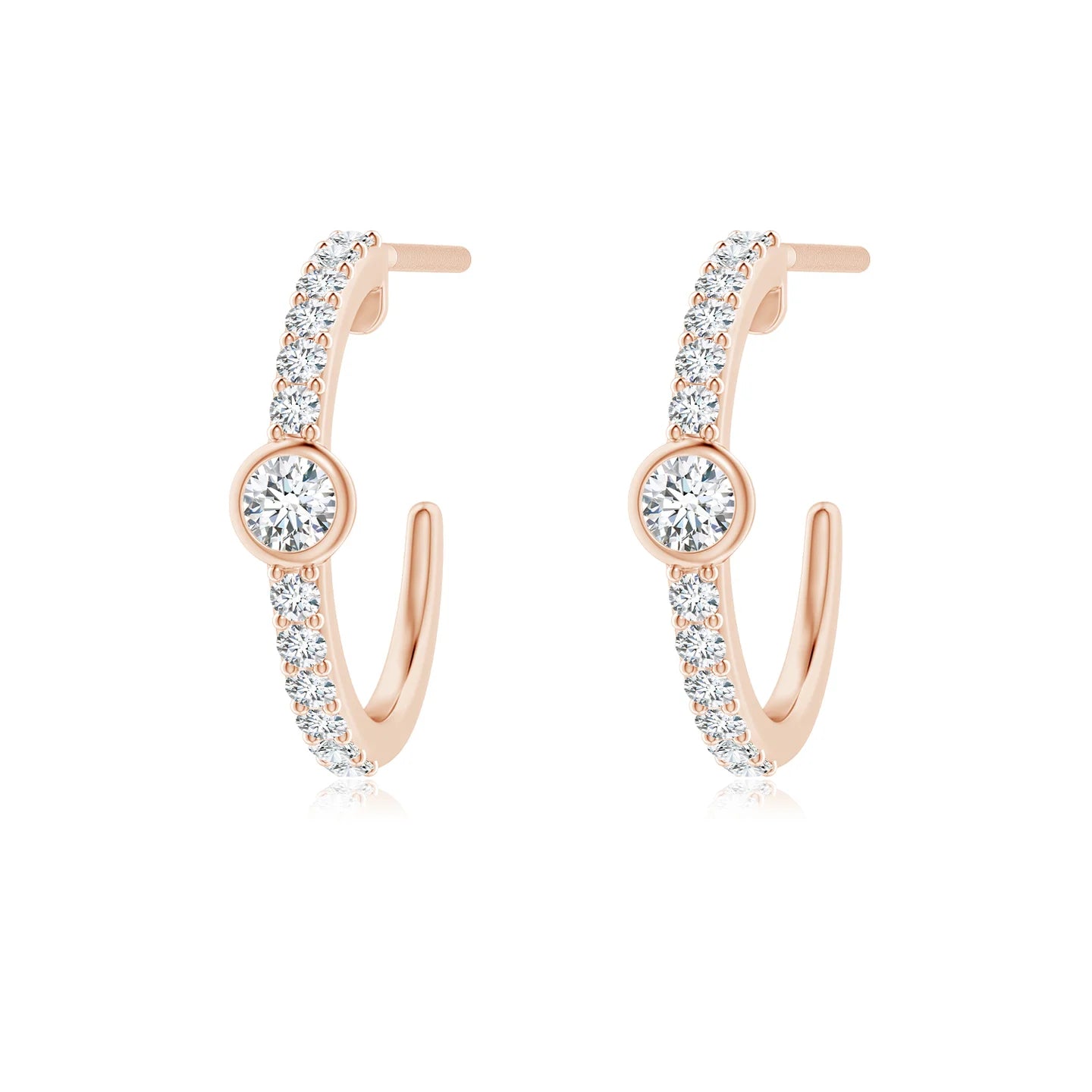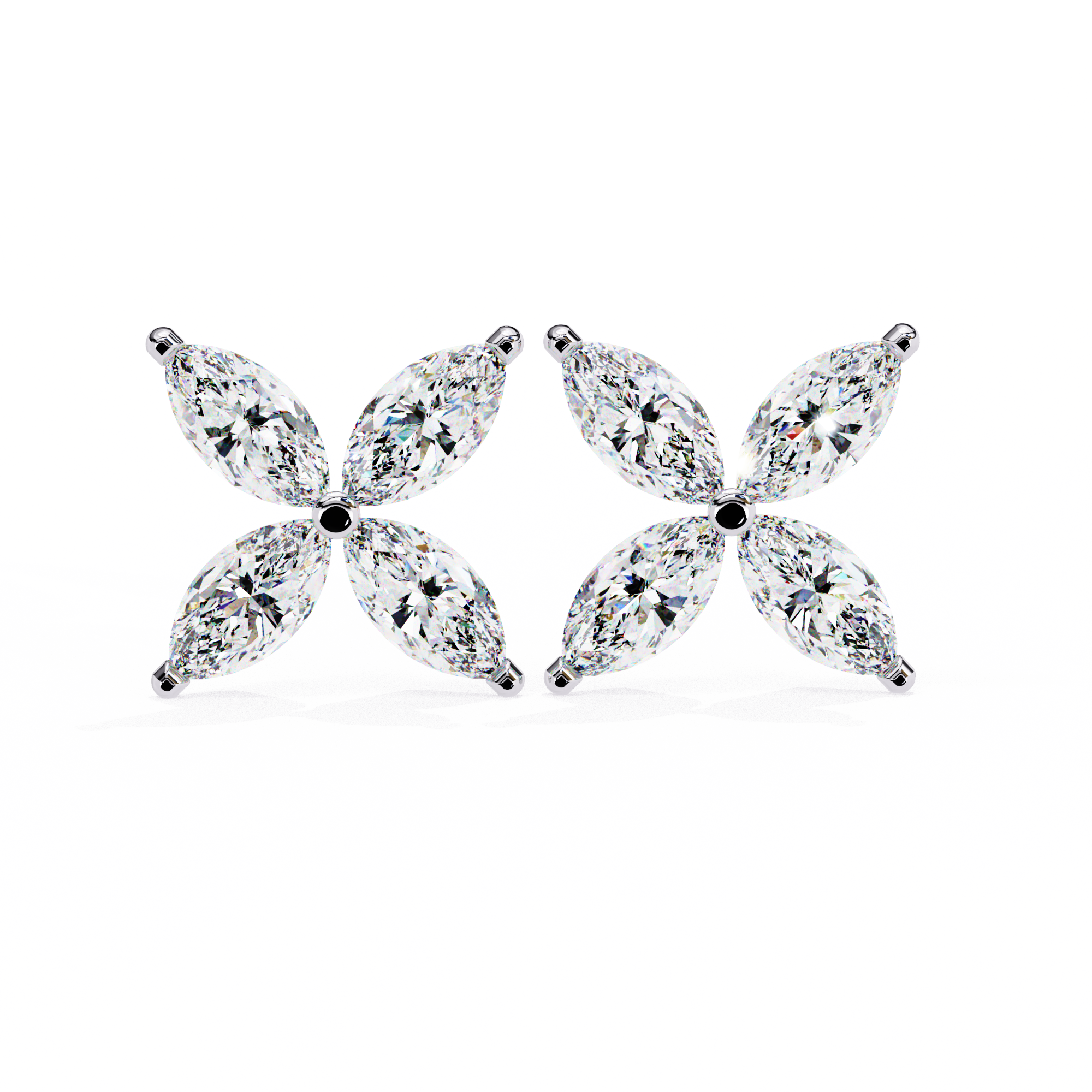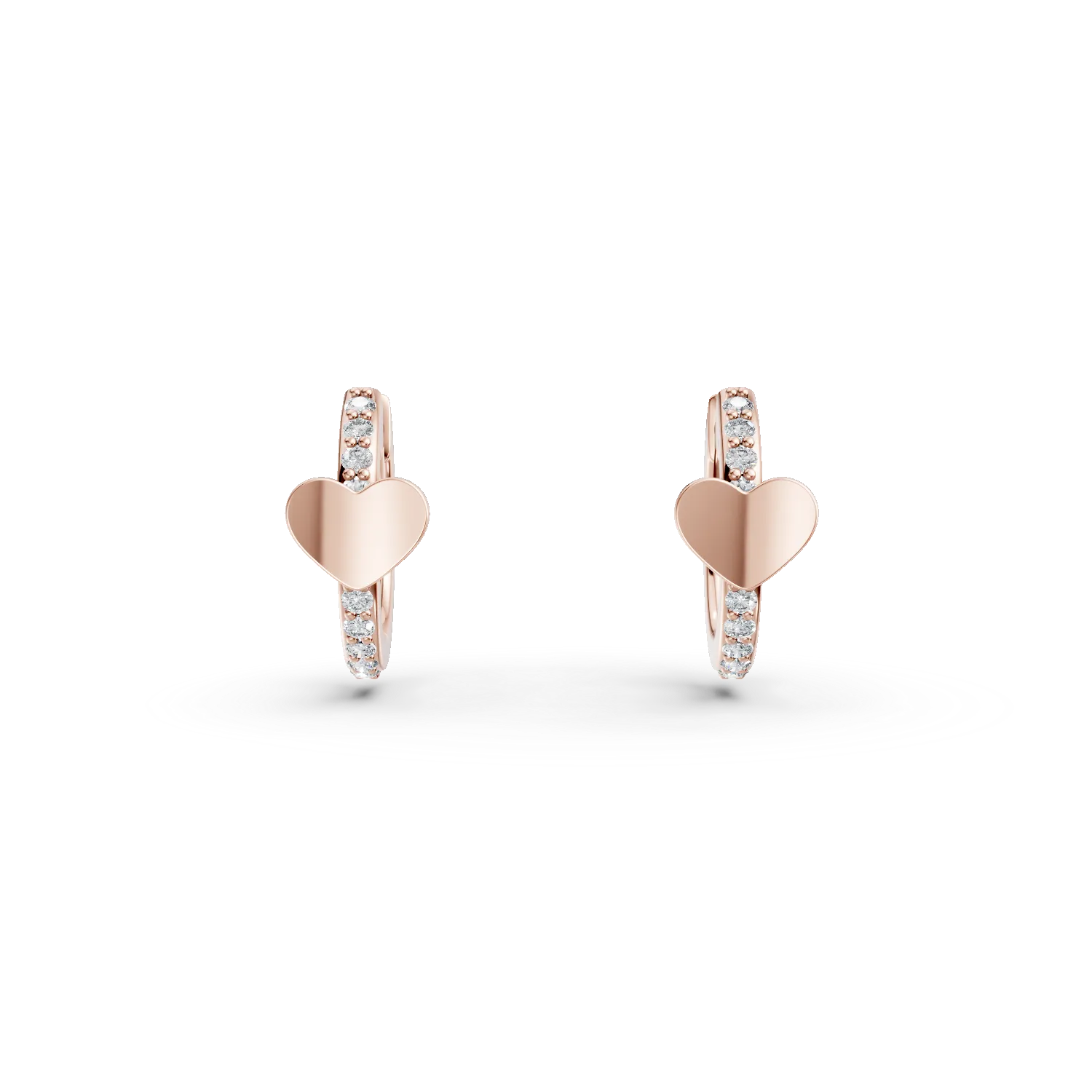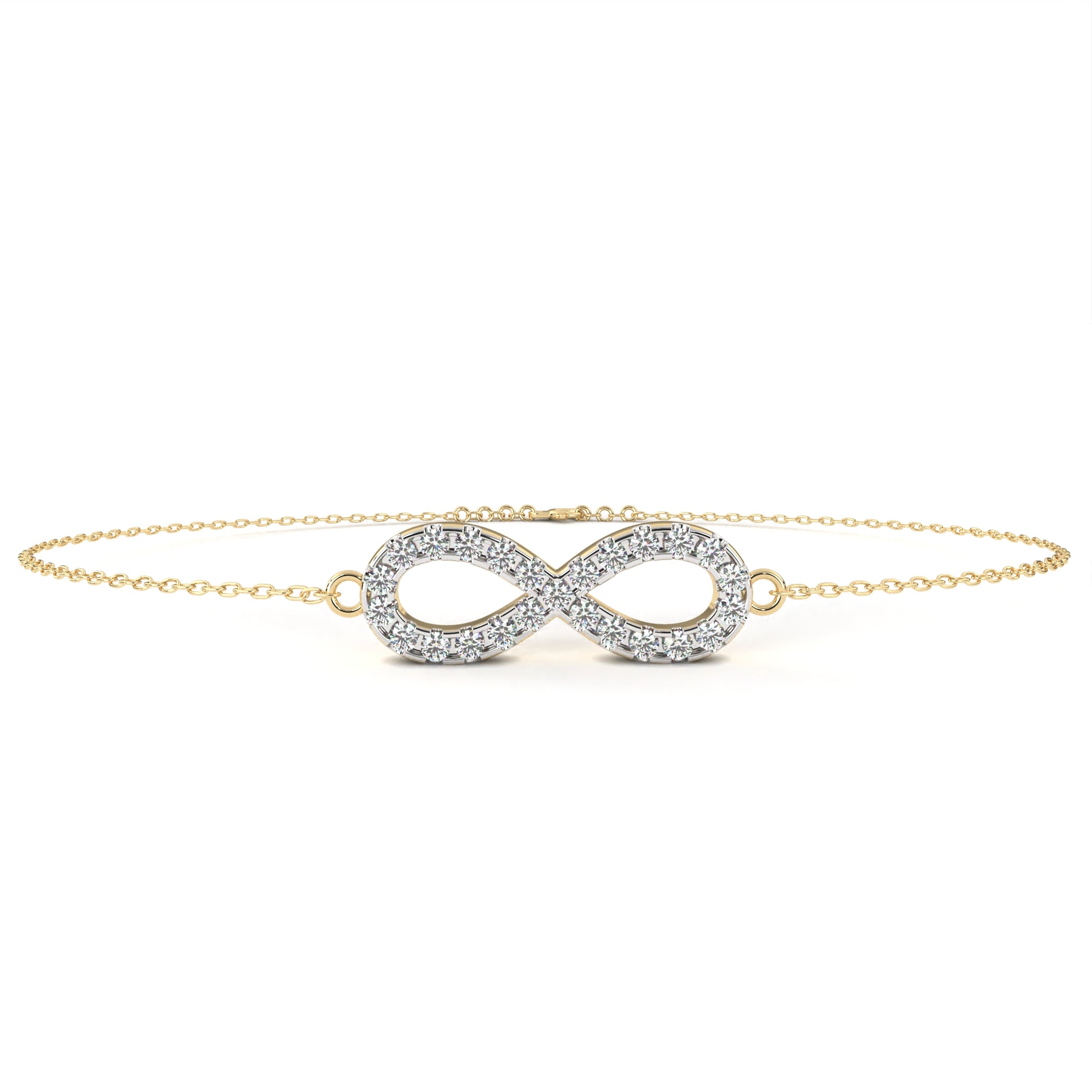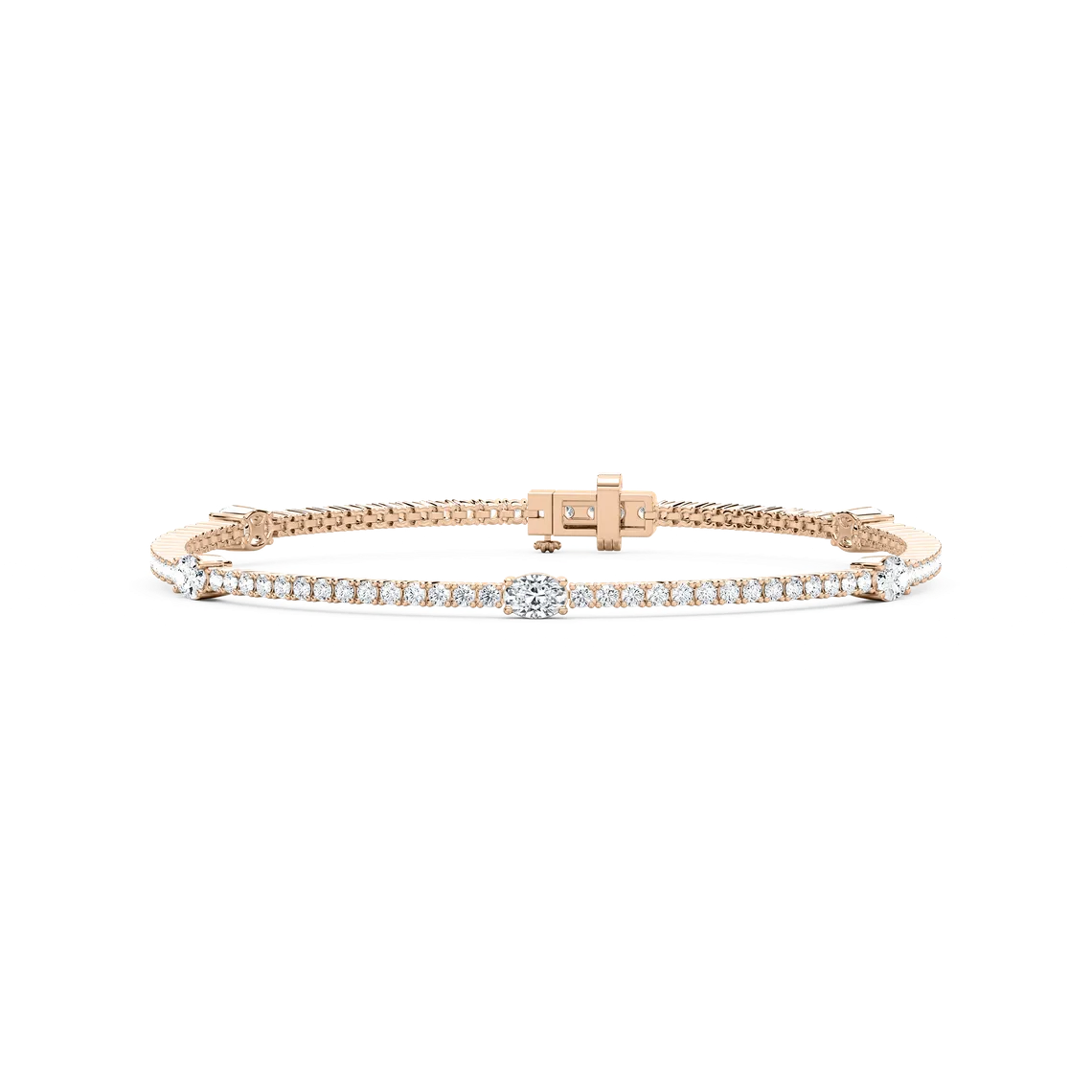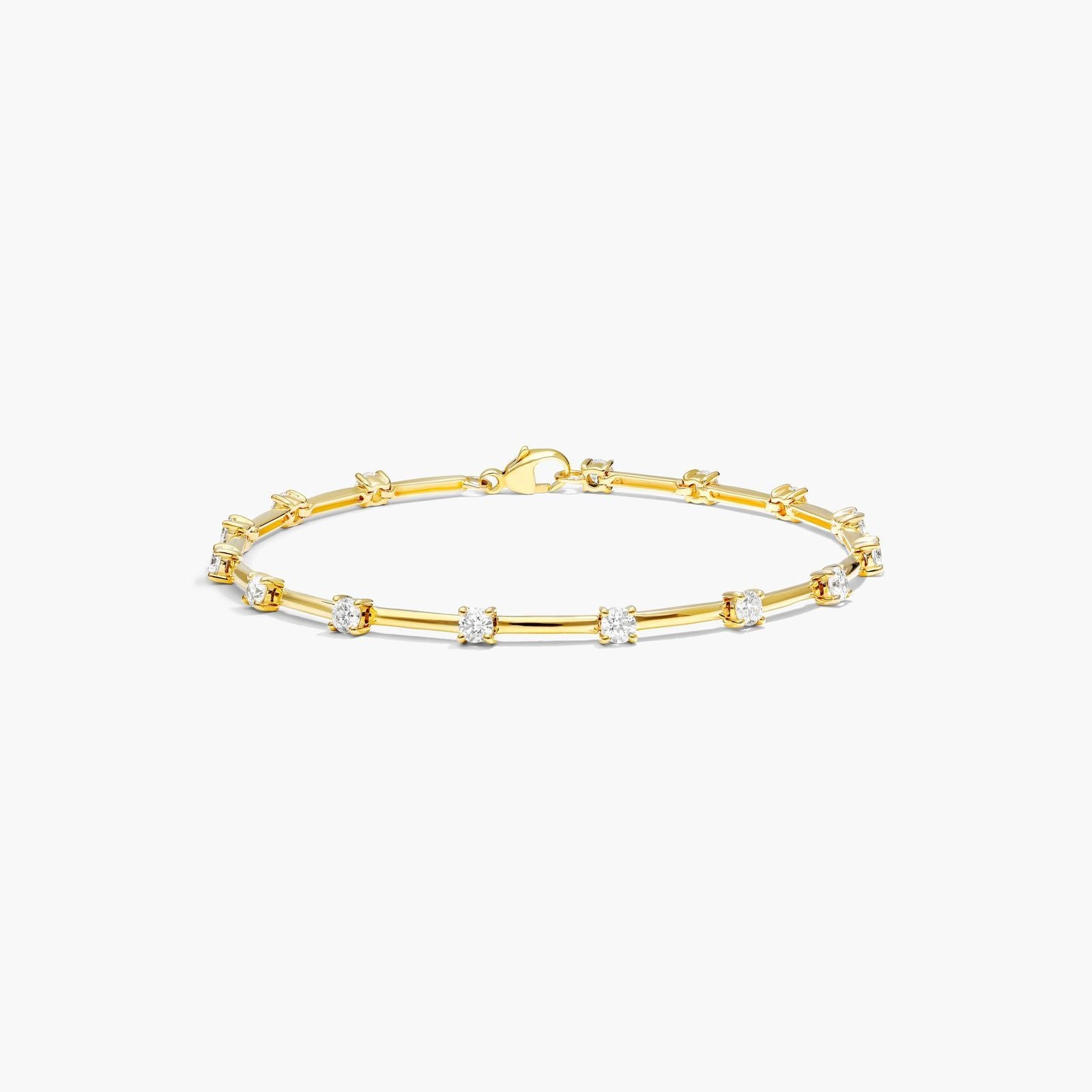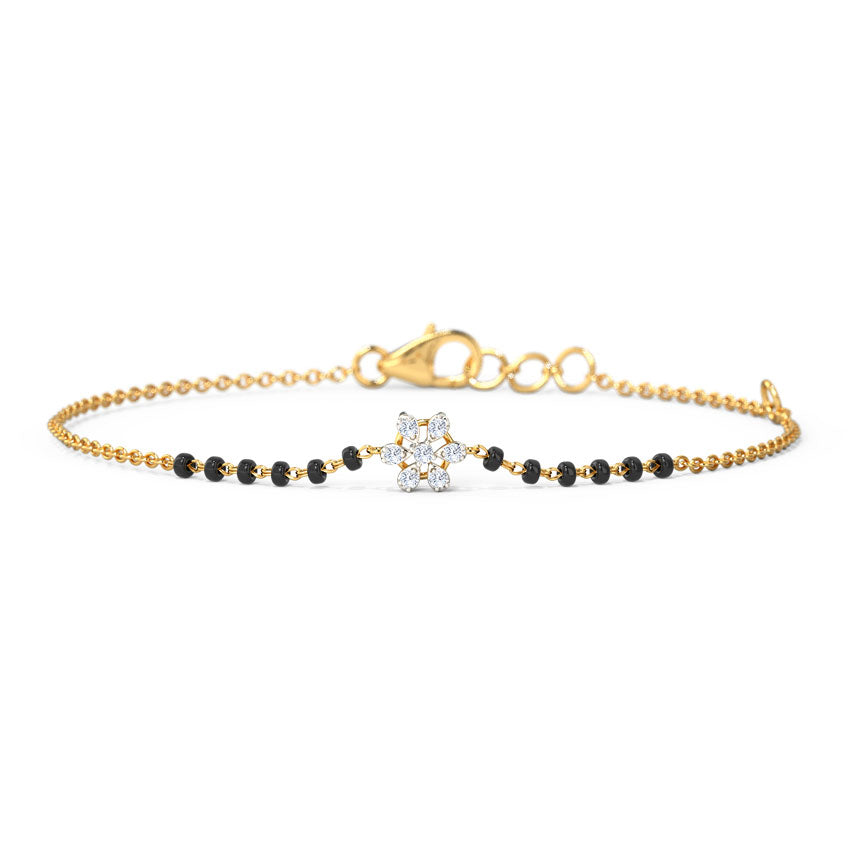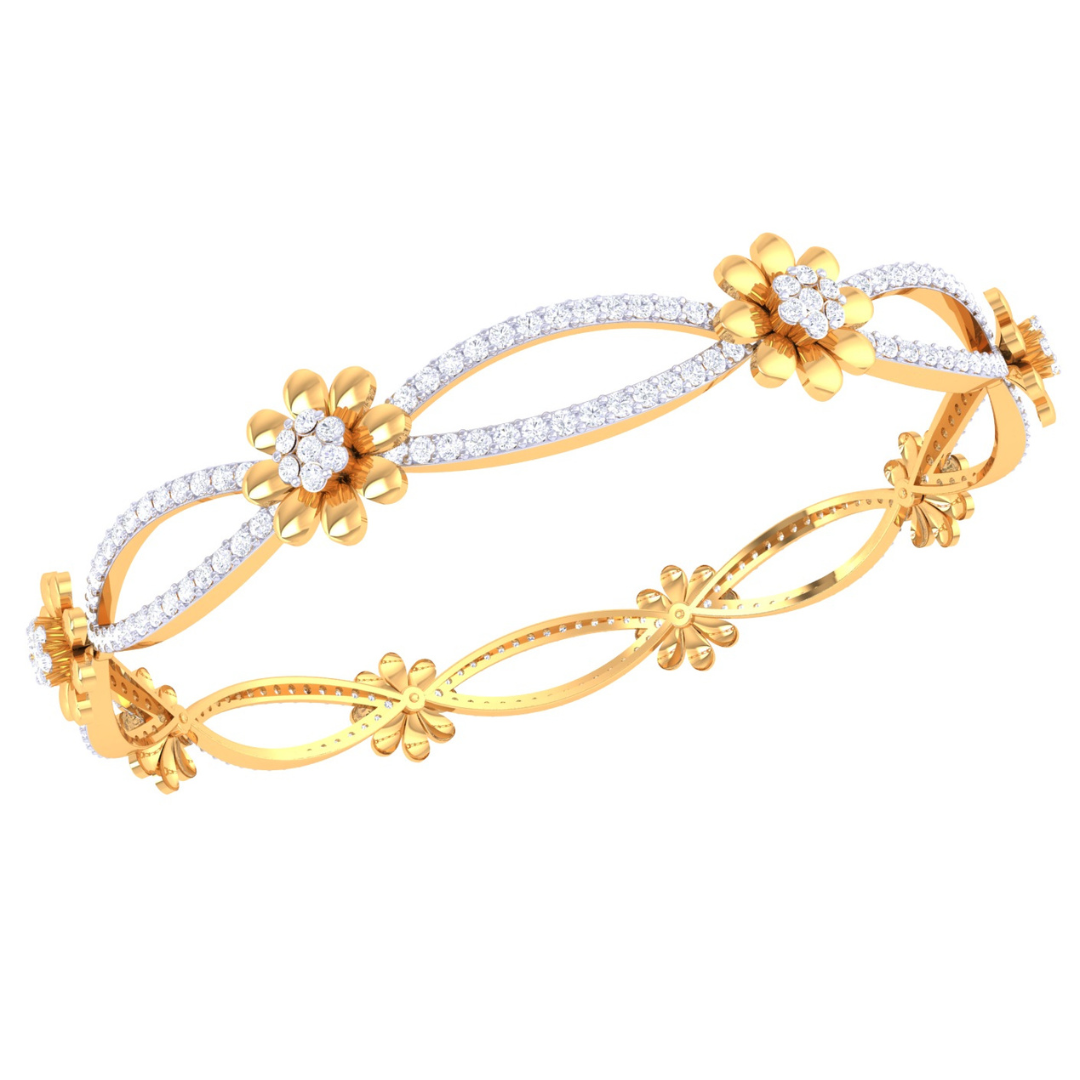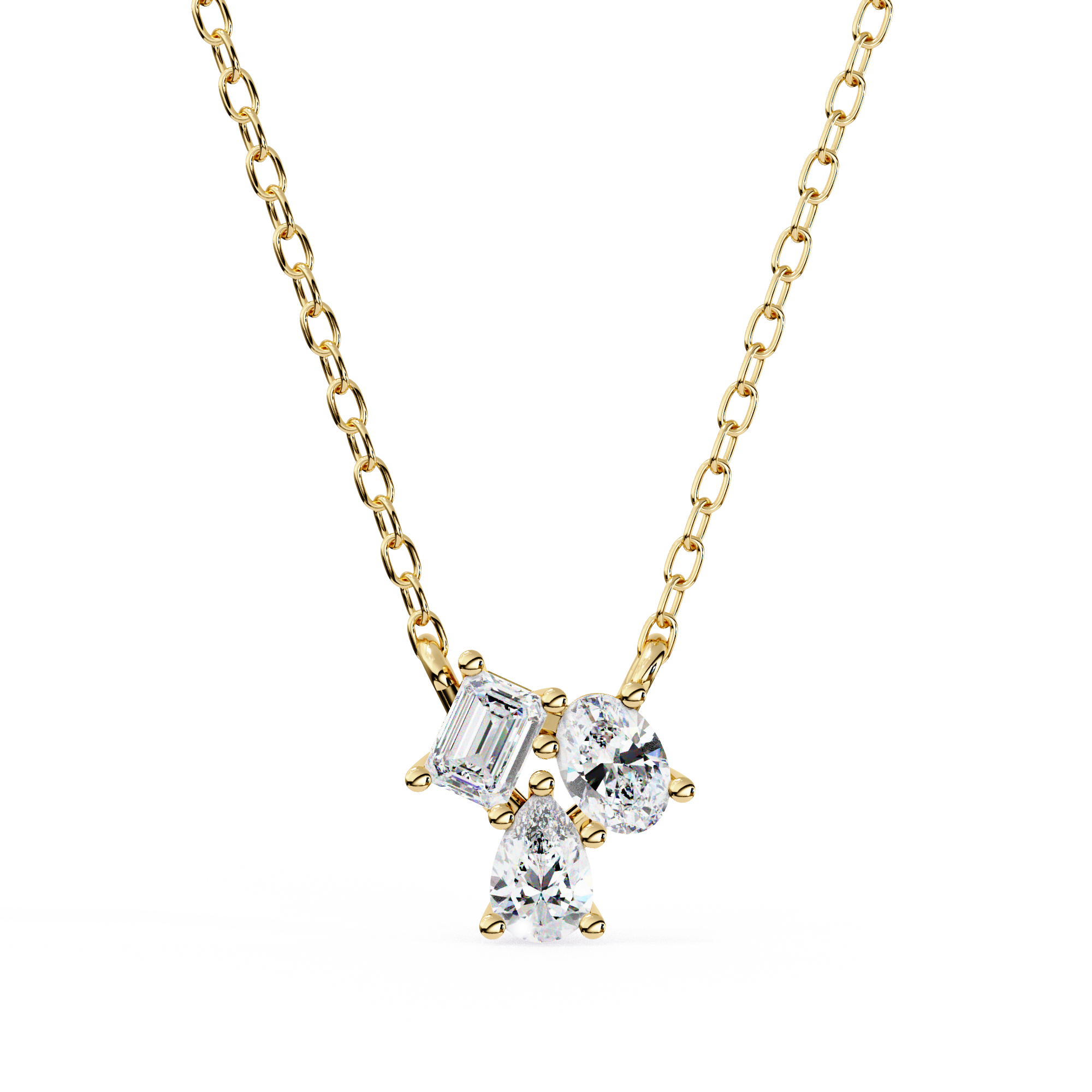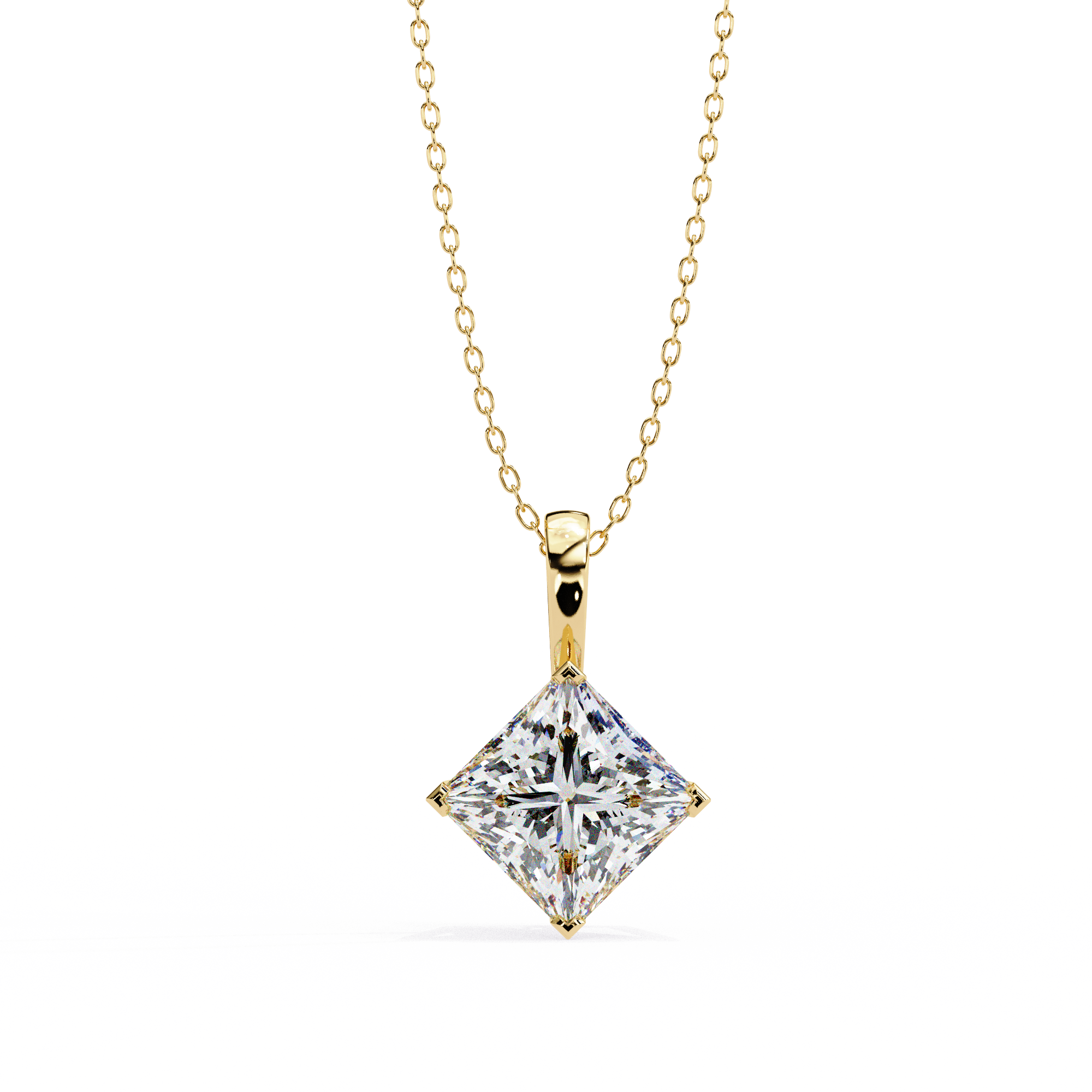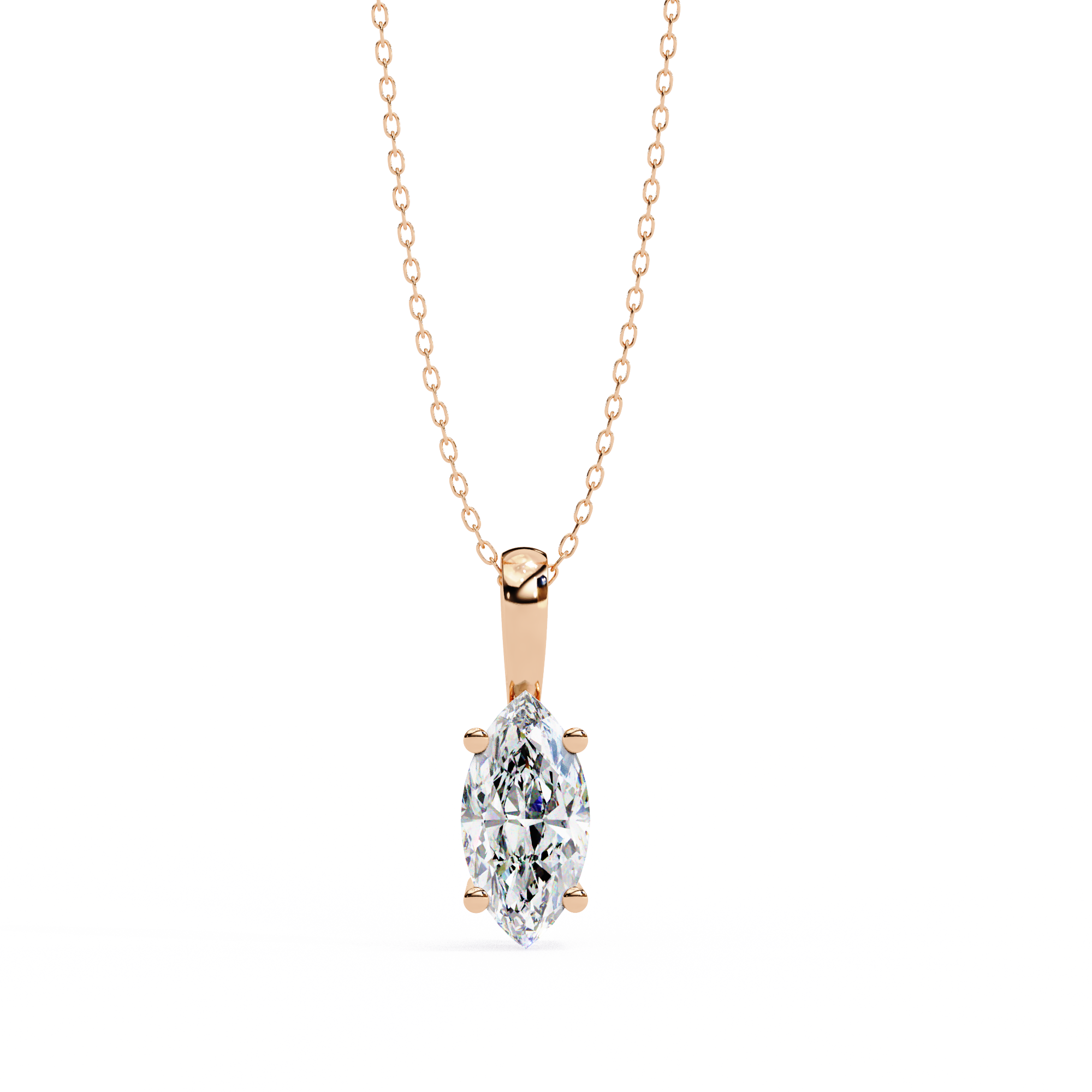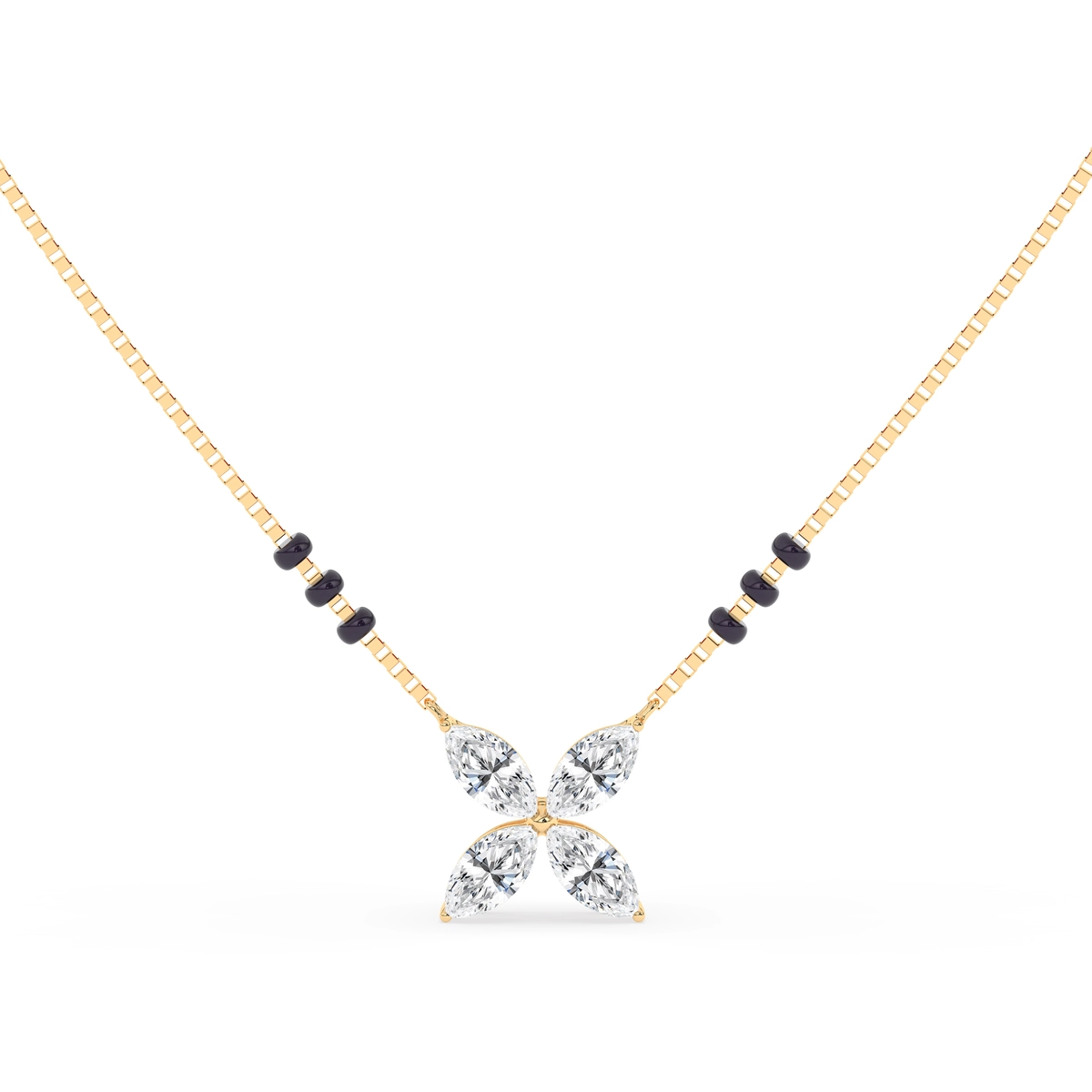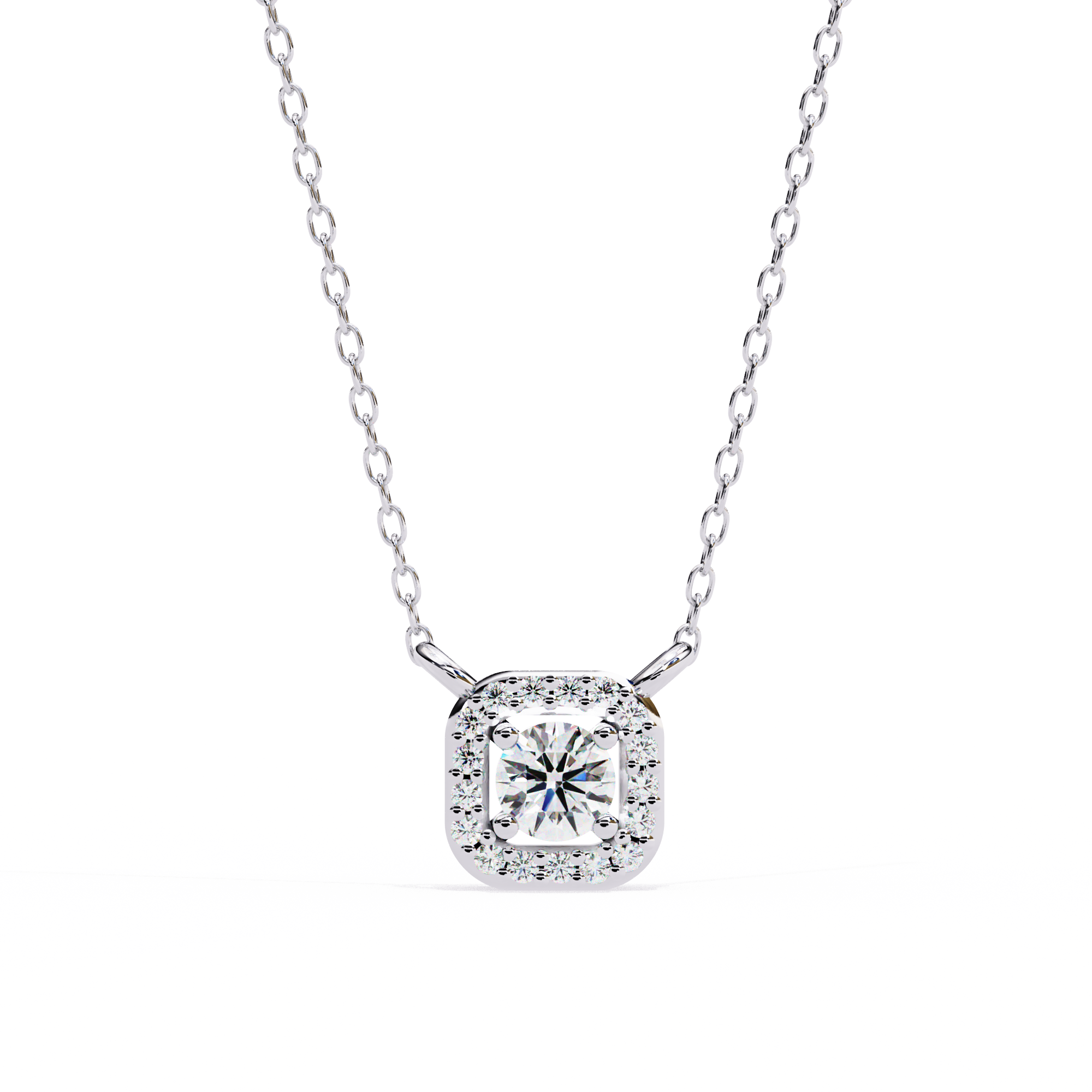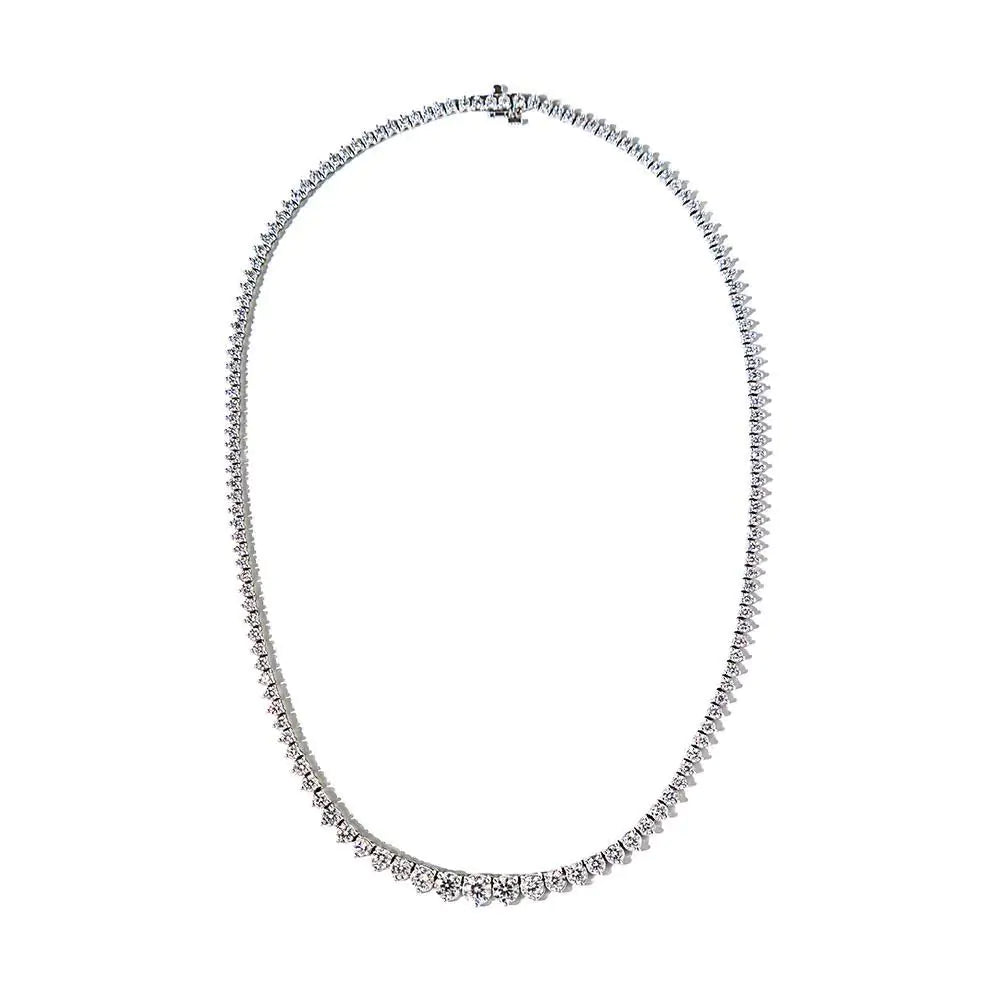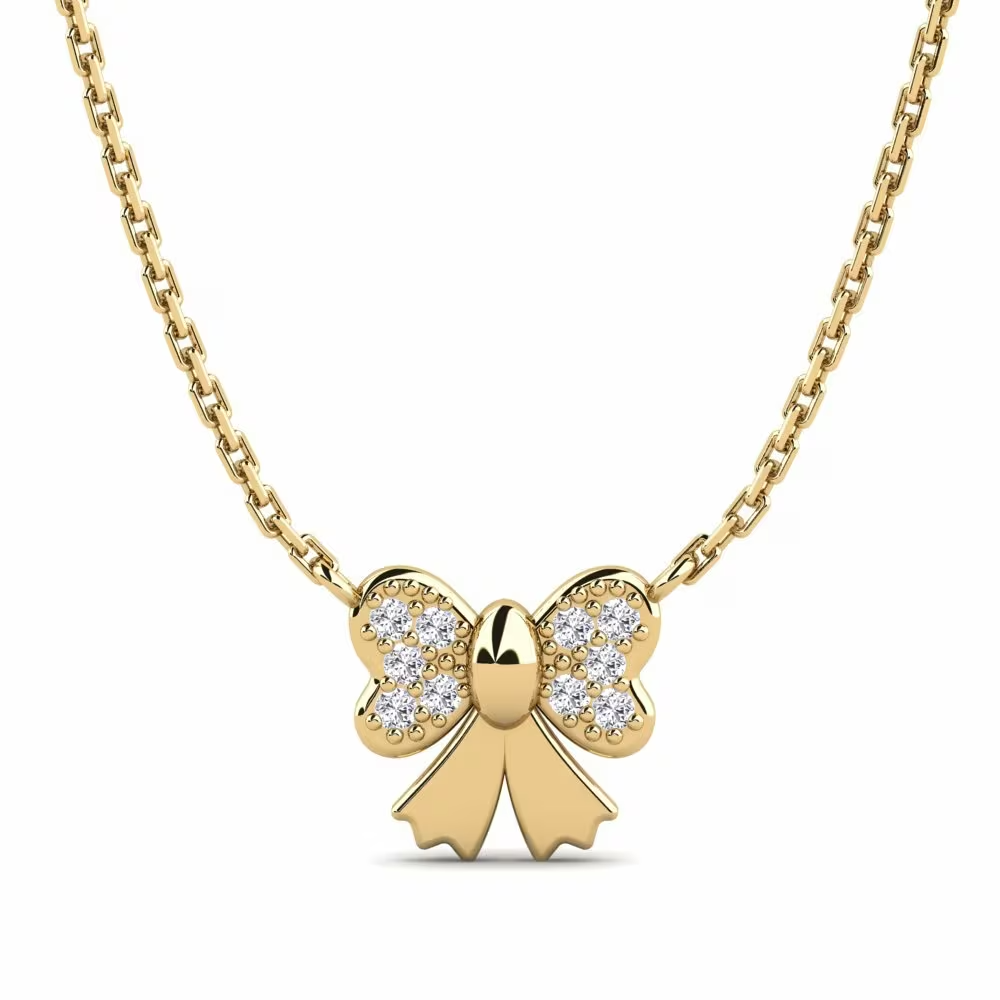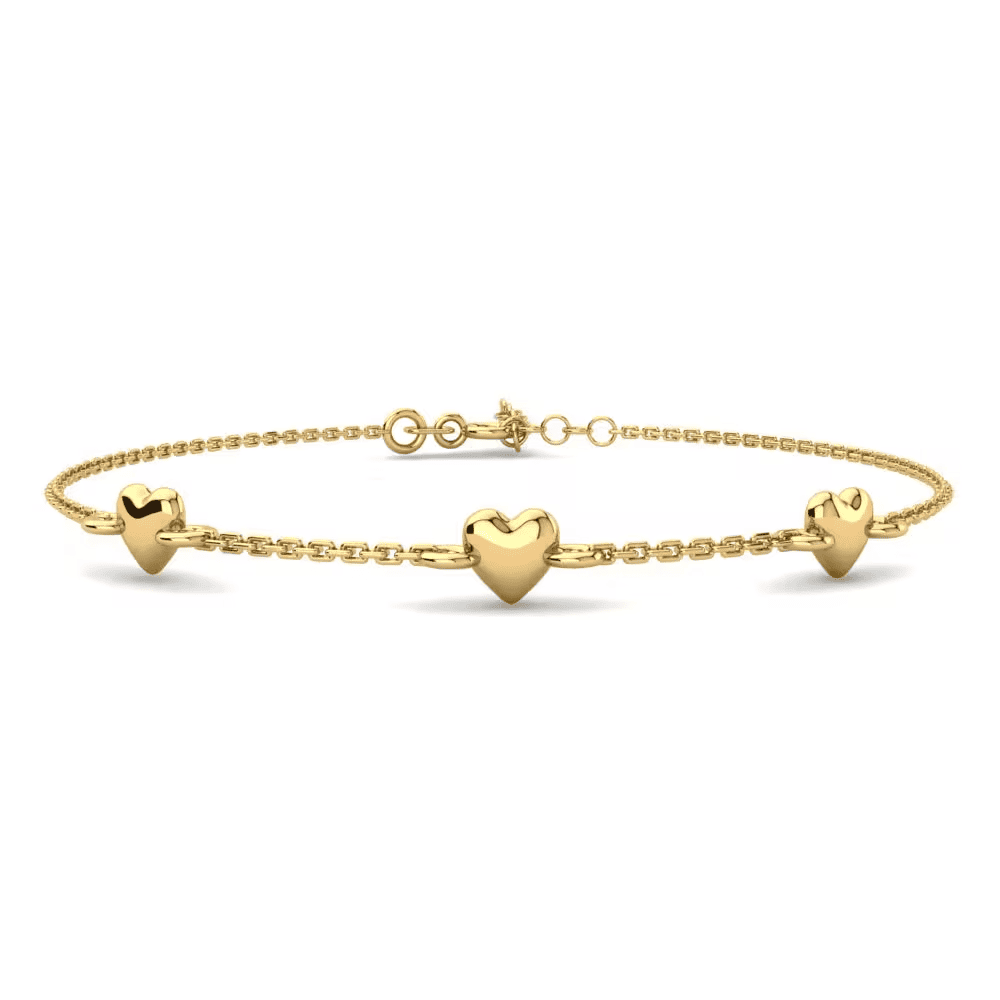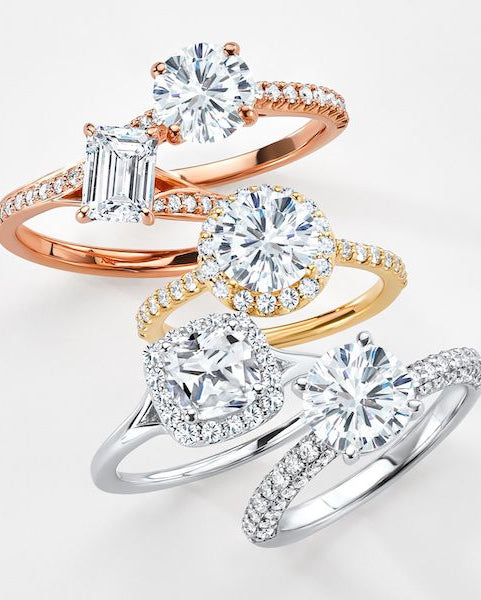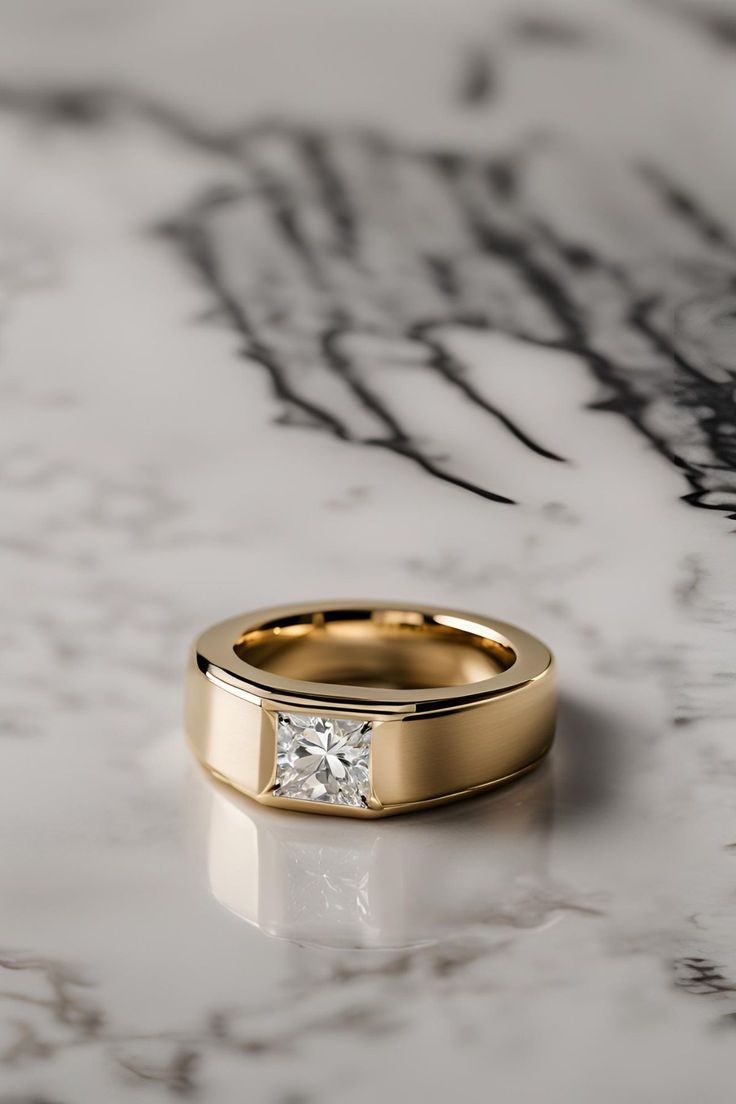
Exploring the Myths About Lab-Grown Diamonds: What You Need to Know
Introduction: The rise of lab-grown diamonds has transformed the jewelry industry in recent years. With their stunning beauty, ethical sourcing, and sustainable production, it’s no wonder that more and more consumers are considering them for everything from engagement rings to statement jewelry. However, despite their growing popularity, there are still many misconceptions and myths surrounding these brilliant gems.
At Evolvd, we believe in transparency, education, and empowering our customers to make informed decisions. In this blog, we’ll explore and debunk some of the most common myths about lab-grown diamonds to help you better understand why they might just be the perfect choice for you.
Myth #1: Lab-Grown Diamonds Aren’t Real Diamonds
Fact: Lab-grown diamonds are 100% real diamonds.
This is one of the biggest myths out there. While lab-grown diamonds are created in a lab rather than mined from the Earth, they are chemically, physically, and optically identical to natural diamonds. Both types of diamonds are made of carbon atoms arranged in a crystal structure, making them identical in every way that matters.
So, when you buy a lab-grown diamond, you’re still getting a genuine diamond—just without the environmental cost or ethical concerns associated with traditional diamond mining.
Myth #2: Lab-Grown Diamonds Are Inferior to Mined Diamonds
Fact: Lab-grown diamonds are of the same quality (or better) than mined diamonds.
Another myth that needs to be busted is the idea that lab-grown diamonds are of lower quality. In reality, lab-grown diamonds are graded using the same criteria as mined diamonds—the 4 Cs: Cut, Color, Clarity, and Carat weight. This means that a lab-grown diamond can be just as stunning as a mined diamond in terms of sparkle, clarity, and brilliance.
In fact, because lab-grown diamonds are created in a controlled environment, they can sometimes have fewer inclusions and more precise cuts than natural diamonds, giving them an edge when it comes to quality.
Myth #3: Lab-Grown Diamonds Are Too Expensive
Fact: Lab-grown diamonds are more affordable than mined diamonds.
Many people assume that lab-grown diamonds are just as expensive as their mined counterparts. In truth, lab-grown diamonds tend to be more affordable—sometimes approximately 90% less expensive—because they don’t require the costly and resource-intensive mining process.
This price difference doesn’t mean you're sacrificing quality. On the contrary, you get a beautiful, high-quality diamond without the premium price tag. That means you can afford a larger stone or more intricate designs at a fraction of the cost of a mined diamond.
Myth #4: Lab-Grown Diamonds Lack Emotional Value
Fact: Lab-grown diamonds hold just as much emotional significance as natural diamonds.
Some people believe that lab-grown diamonds are less meaningful because they’re not “natural.” However, the emotional value of a diamond comes from the personal connection you share with it, not where it comes from. Whether it's a gift for a loved one, a milestone celebration, or a lifelong commitment, a diamond’s significance lies in the meaning behind the gesture, not its origins.
Choosing a lab-grown diamond can even add an extra layer of significance: you’re investing in a piece of jewelry that is both beautiful and aligned with your values, whether that means sustainability, ethical sourcing, or affordability.
Myth #5: Lab-Grown Diamonds Are Less Durable
Fact: Lab-grown diamonds are just as durable as mined diamonds.
Both lab-grown and mined diamonds are made of pure carbon and share the same molecular structure, which makes them the hardest natural material on Earth. In fact, lab-grown diamonds are just as durable as mined diamonds and can withstand the same amount of wear and tear. Whether you’re wearing a lab-grown diamond engagement ring daily or a pair of earrings on special occasions, you can trust that your diamonds will last a lifetime.
Myth #6: Lab-Grown Diamonds Are Exactly the Same as Cubic Zirconia or Moissanite
Fact: Lab-grown diamonds are entirely different from cubic zirconia or moissanite.
While cubic zirconia and moissanite are popular alternatives to diamonds, they are not diamonds—lab-grown or otherwise. Cubic zirconia is a synthetic material made from zirconium dioxide, and moissanite is a naturally occurring mineral made from silicon carbide. Both lack the same chemical structure and durability as diamonds.
Lab-grown diamonds, on the other hand, are chemically identical to mined diamonds, meaning they have the same brilliance, hardness, and longevity. So, if you're looking for something that will last a lifetime and beyond, lab-grown diamonds are your best bet.
Myth #7: Lab-Grown Diamonds Are Just a Passing Trend
Fact: Lab-grown diamonds are here to stay.
As more consumers become aware of the ethical and environmental benefits of lab-grown diamonds, demand continues to rise. The technology behind creating lab-grown diamonds is advancing rapidly, and they are now seen as a long-term, sustainable alternative to mined diamonds. The increasing popularity of lab-grown diamonds shows that they’re more than just a passing trend; they’re changing the way we think about luxury and responsible purchasing.
We believe that lab-grown diamonds represent the future of fine jewelry—one that values sustainability, ethics, and beauty in equal measure.
Conclusion:
With all the myths debunked, we hope you now have a clearer understanding of what lab-grown diamonds truly are. From their beauty and durability to their affordability and ethical benefits, lab-grown diamonds are a fantastic choice for anyone looking to make a conscious, informed decision.
If you're ready to explore our collection of exquisite lab-grown diamond jewelry, head over to EVOLVD and find the perfect piece that aligns with your values, your style, and your budget.
Share

